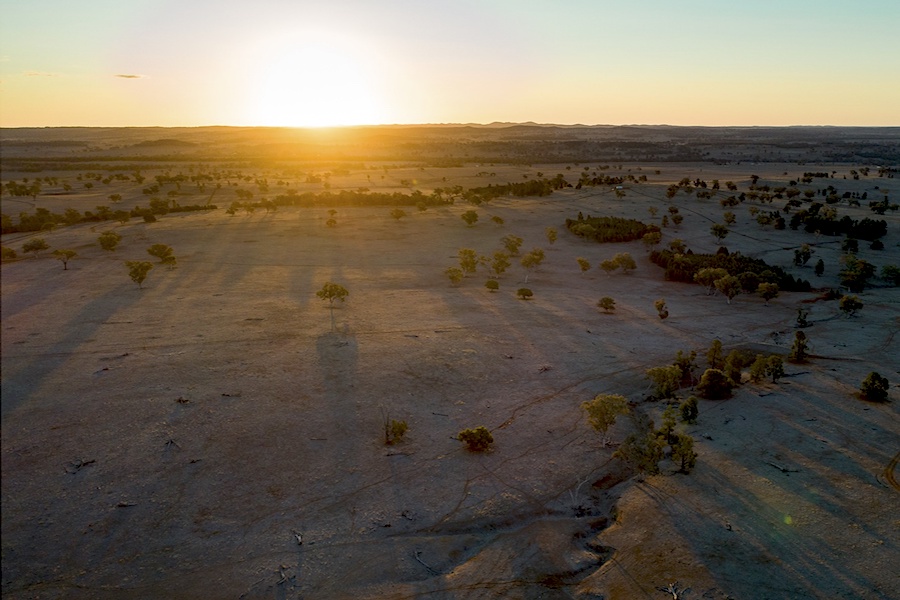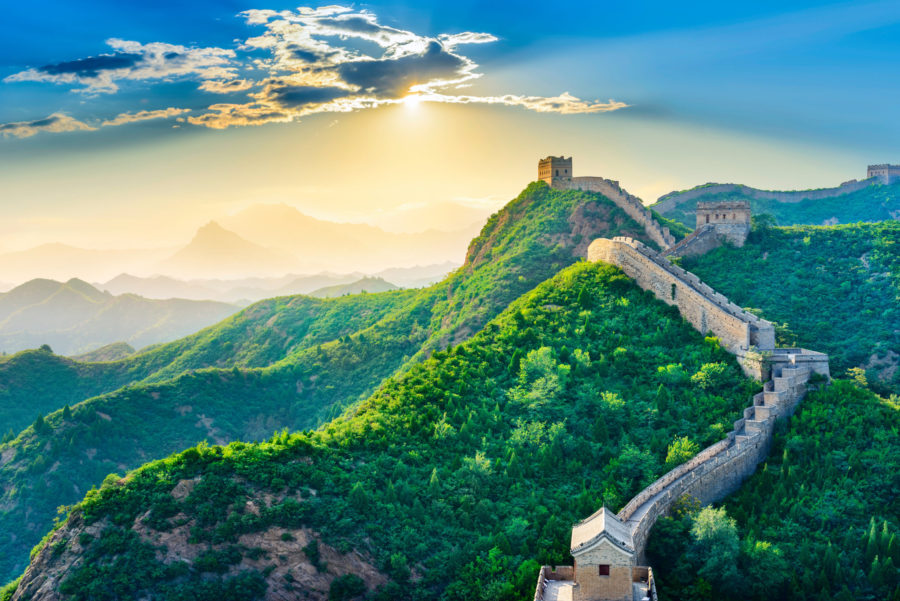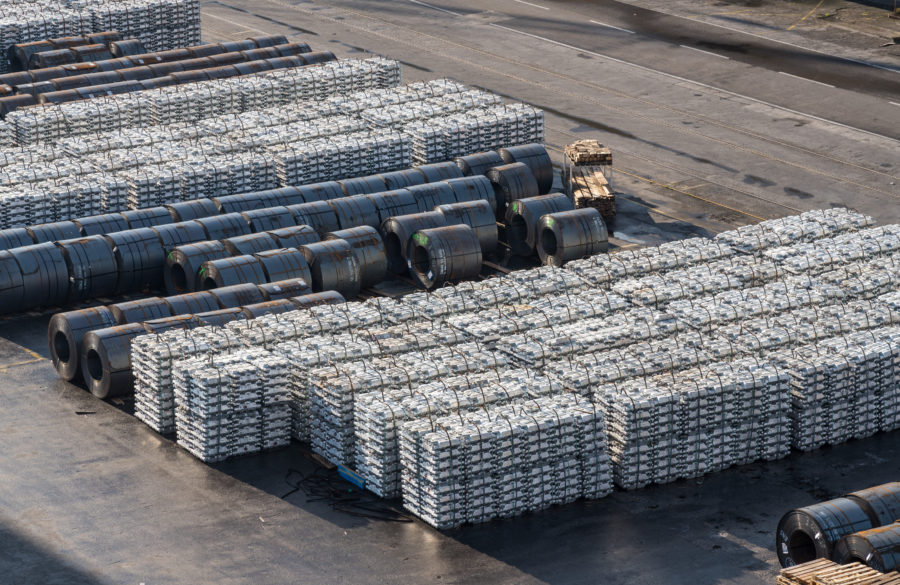Alkane gets Australian financial support to build rare earths mine

Australian gold producer and rare earths developer Alkane Resources (ASX: ALK) is a step closer to developing its Dubbo project after Australia’s export credit agency (EFA), confirmed its interest in financing the proposed mine.
Dubbo, located in central New South Wales, is an advanced polymetallic project with large in-ground resources of zirconium, hafnium, niobium, yttrium and rare earths.
Due to the size of the resource, the mine is expected to process up to 1 million tonnes of ore per year over a period of more than 75 years.
“After extensive engagement with the Australian government, particularly recently as part of its critical minerals initiative, it is pleasing to see that stated support is translating into preparedness for government agencies to act,” the company’s managing director, Nic Earner, said in a statement.
The proposed Dubbo polymetallic and rare earths mine is expected to process up to 1m tonnes of ore per year over a period of more than 75 years
Alkane, through wholly-owned subsidiary Australian Strategic Materials (ASM), has been trying for months to find potential strategic investors, offtake parties and debt financiers, including government agencies.
“It is very clear in today’s world that security of supply chains in all manner of materials is a pressing issue, and security of critical minerals is one supply chain that the Australian Government is clearly identifying as a priority for government backing,” ASM managing director, David Woodall, noted.
The Dubbo project is development ready, subject to financing, with the mineral deposit and surrounding land acquired, all major State and Federal approvals in place and extensive piloting and engineering completed.
It has capital costs of A$1.3 billion ($857m), based on a 1 million tonne per annum base case operation. Under that scenario, the project has an internal rate of return of 17.5% and net present value of A$1.24 billion.
Alkane has also identified the potential for a 500,000 tonne per annum start-up project with capital costs of A$808 million.
Dubbo is also seen is seen as a potential strategic and independent source of critical minerals outside China, home to at least 85% of the world’s capacity to process rare earth ores into material manufacturers for use in a range of technologies and future industries.
Last year, China produced about 120,000 tonnes of rare earths, while the totals of the next two leading producers — Australia and the US — were 20,000 and 15,000, respectively.
More News
China’s mining investment under Belt and Road Initiative sets new record – report
China's overseas mining investment under its Belt and Road Initiative hit another peak last year at $21.4 billion.
March 29, 2025 | 10:26 pm
Column: Europe’s future metals strategy hindered by current crisis
Chinese over-capacity and high energy prices have accelerated the long-term decline of European steel and aluminum production.
March 29, 2025 | 02:25 pm
{{ commodity.name }}
{{ post.title }}
{{ post.excerpt }}
{{ post.date }}



Comments